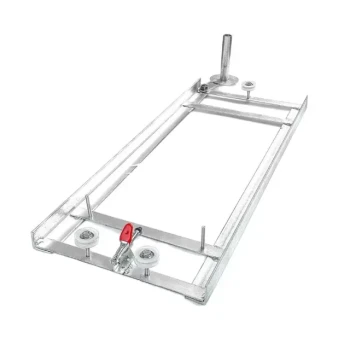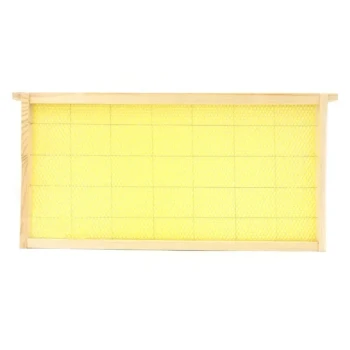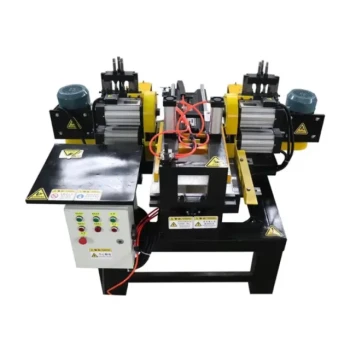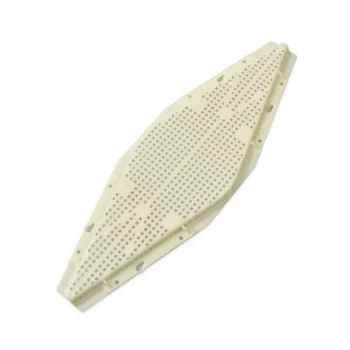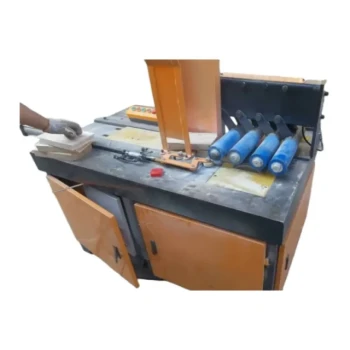In warm or humid climates, a screened bottom board is a strategic tool for improving hive health by enhancing ventilation and aiding in the control of Varroa mites. These two functions work together to reduce stress on the colony, allowing the bees to focus more energy on foraging and brood-rearing rather than climate control and fighting pests.
A screened bottom board is not merely an optional accessory; it is a foundational component for proactive hive management in challenging environments. It directly addresses the critical issues of overheating and pest pressure, but it must be understood as part of a comprehensive strategy, not a standalone solution.
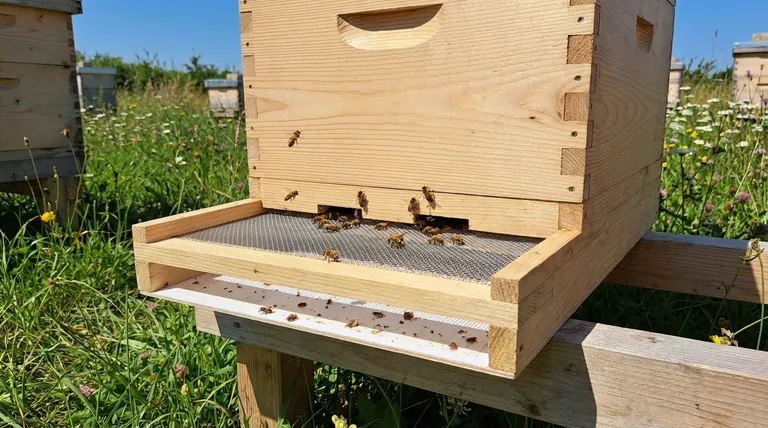
The Core Functions: Ventilation and Pest Management
A screened bottom board replaces the traditional solid wood floor of a hive with a sturdy wire screen. This simple design change has profound effects on the hive's internal environment, especially in regions with high heat and humidity.
Enhancing Airflow in Hot and Humid Conditions
In a hot climate, a colony must expend significant energy fanning its wings to circulate air and cool the hive. A screened bottom board creates a natural convection current, allowing hot air to rise and exit while drawing cooler, fresh air in from below.
This passive ventilation keeps the hive cooler and reduces moisture buildup from high humidity, preventing the growth of mold and mildew. By offloading the work of temperature regulation, the bees can redirect their energy toward more productive activities.
Aiding in Passive Varroa Mite Control
The Varroa destructor mite is one of the most significant threats to honey bee colonies. During their lifecycle, mites will occasionally fall off their host bees.
In a hive with a solid bottom, the mite can simply wait and climb back onto another passing bee. With a screened bottom board, many of these dislodged mites fall completely through the screen and out of the hive, unable to return. This passive removal can reduce the overall mite population by as much as 20%.
Simplifying Mite Population Monitoring
Understanding the level of mite infestation is critical for timely treatment. A screened bottom board makes this diagnosis far simpler and less intrusive.
By sliding a "sticky board" (a white, gridded board coated with a sticky substance) underneath the screen, a beekeeper can catch and count the mites that fall over a 24 or 48-hour period. This provides a reliable estimate of the hive's mite load without having to open the hive and disturb the colony.
Improving Overall Hive Hygiene
Beyond mites, other hive debris such as wax cappings, pollen pellets, and even dead bees can accumulate on a solid bottom board. A screened bottom allows this debris to fall through, keeping the hive cleaner and reducing the potential for other pests or diseases to take hold.
Understanding the Trade-offs
While highly beneficial in many scenarios, a screened bottom board is not a universal solution and comes with important considerations.
It Is Not a Complete Mite Solution
Relying solely on a screened bottom board is not an effective Varroa mite treatment plan. While it helps reduce the population, it does not eliminate the mites reproducing within the brood cells.
It must be used in conjunction with other integrated pest management techniques, such as formic acid, oxalic acid, or other approved miticides, based on the infestation levels revealed by your mite counts.
The Challenge in Cooler Weather
The same ventilation that is a benefit in summer becomes a liability in winter or during cold snaps. The open screen allows significant heat to escape, forcing the bee cluster to consume more honey and work harder to stay warm.
In colder climates, or areas with cool nights, most beekeepers use a removable insert or "closure board" to block the screen during the winter months, effectively converting it back to a solid bottom.
Making the Right Choice for Your Apiary
Ultimately, deciding to use a screened bottom board depends on your climate and management goals.
- If your primary focus is managing heat and humidity: A screened bottom board is an essential tool for reducing thermal stress and improving the colony's overall health and productivity.
- If your primary focus is a simple, low-effort approach to mite control: It provides a valuable passive reduction in mite numbers, but it must be viewed as one part of a larger, active treatment strategy.
- If your primary focus is data-driven hive management: The ability to easily perform mite counts with a sticky board makes it an invaluable diagnostic tool for making informed treatment decisions.
Using a screened bottom board empowers you with greater control over the two of the biggest challenges in modern beekeeping: climate and pests.
Summary Table:
| Benefit | Key Function | Impact |
|---|---|---|
| Enhanced Ventilation | Creates passive airflow | Reduces heat stress and moisture buildup |
| Passive Mite Control | Drops mites through the screen | Can reduce mite population by up to 20% |
| Easy Mite Monitoring | Simplifies sticky board counts | Enables data-driven treatment decisions |
| Improved Hive Hygiene | Allows debris to fall out | Reduces pests and disease risk |
Ready to equip your apiary with the right tools for success?
As a trusted wholesale supplier to commercial apiaries and distributors, HONESTBEE provides the durable, high-quality screened bottom boards and other essential equipment you need to proactively manage hive health. Our products are designed to help you combat heat stress and pest pressure effectively.
Contact our team today to discuss your specific needs and discover how our beekeeping supplies can support your operation's productivity and profitability.
Get in touch with our experts now!
Visual Guide
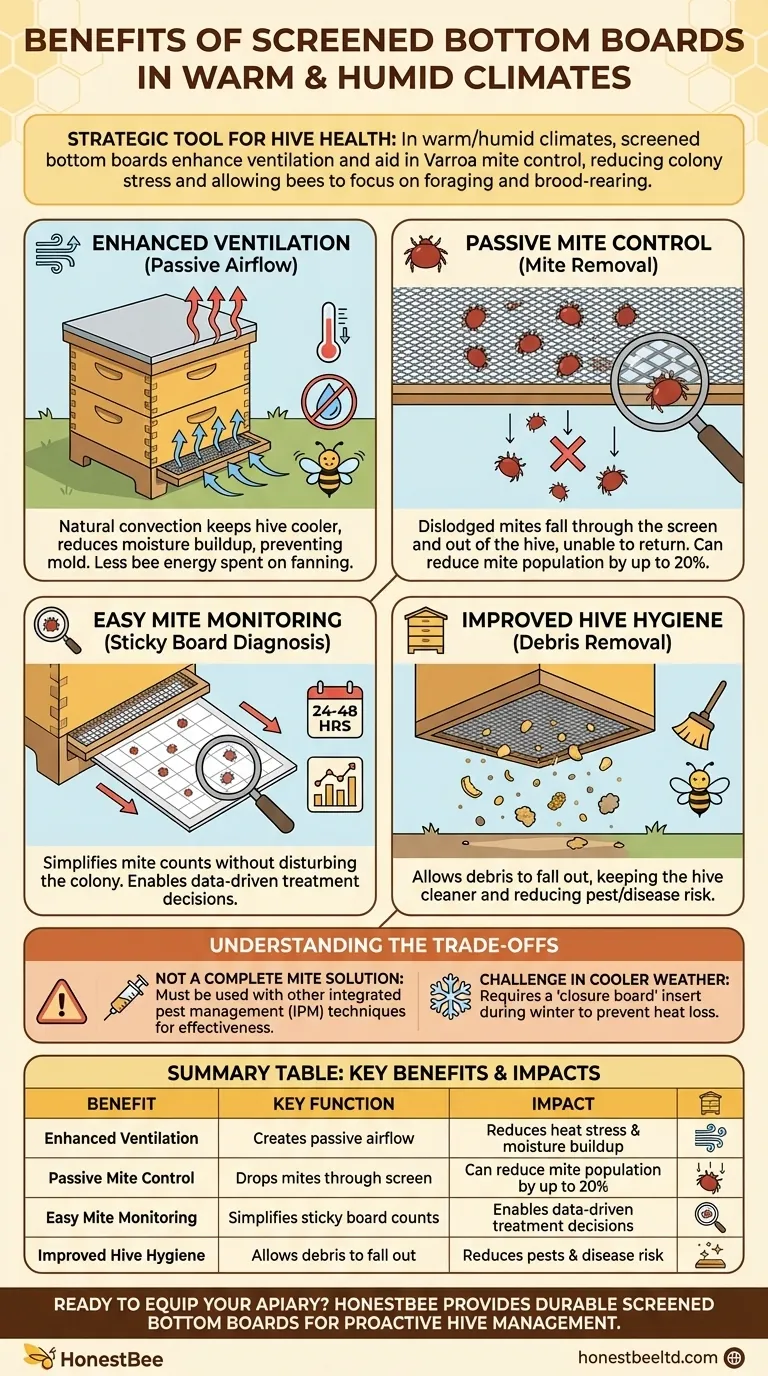
Related Products
- Langstroth Screen Bottom Board for Beekeeping Wholesale
- Australian Pine Wood Langstroth Screen Bottom Board for Wholesale
- Solid Bottom Board Australian Pine Wood Langstroth Bottom Board for Wholesale
- Black Plastic Beetle Barn Hive Beetle Trap for Beehives
- Boardman Entrance Bee Feeder Durable Galvanized Steel and Wood Construction for Beekeeping
People Also Ask
- What are the benefits of a screened bottom board? Boost Hive Health & Control Varroa Mites
- What are the main benefits of using a Screened Bottom Board in beekeeping? Enhance Hive Health & Productivity
- What is the primary function of a screened bottom board in a hive? Enhance Ventilation & Control Varroa Mites
- What are the advantages of a screened bottom board? Boost Hive Health with Superior Ventilation & Pest Control
- How does a screened bottom board assist with temperature control and pest management? A Key Tool for Modern Beekeeping







